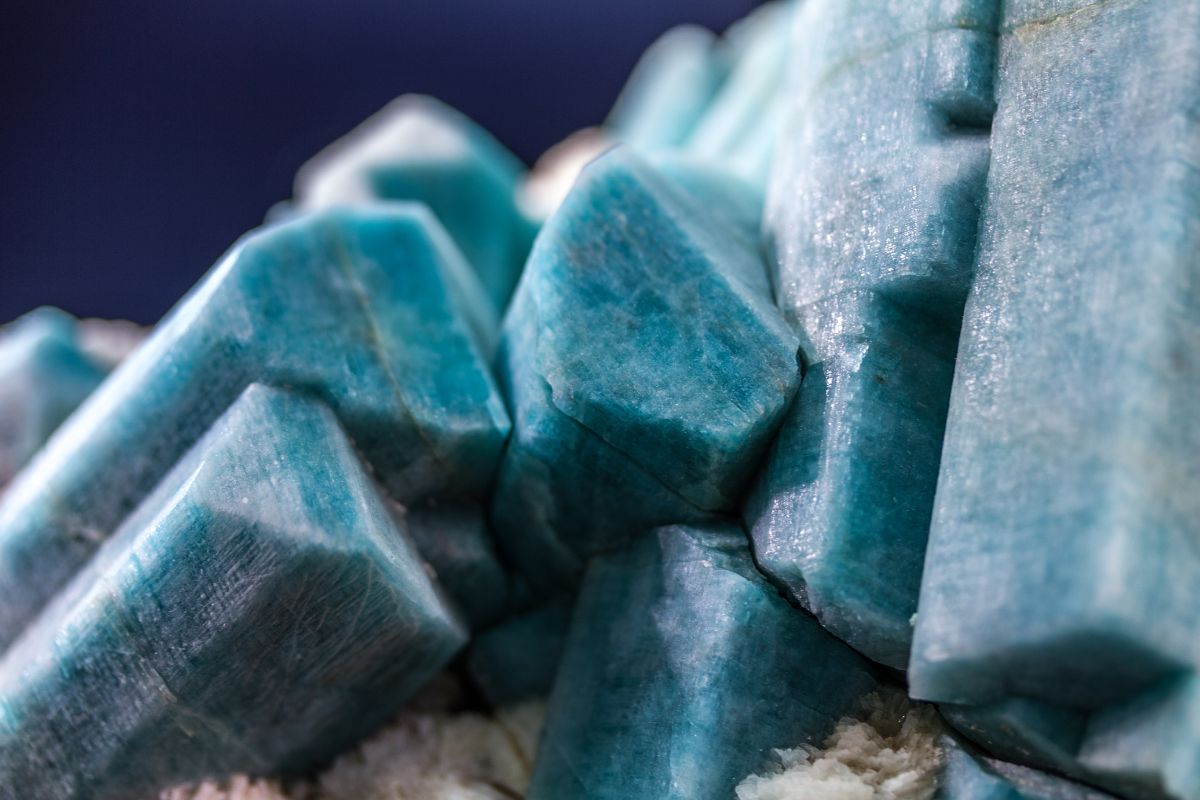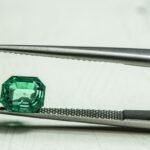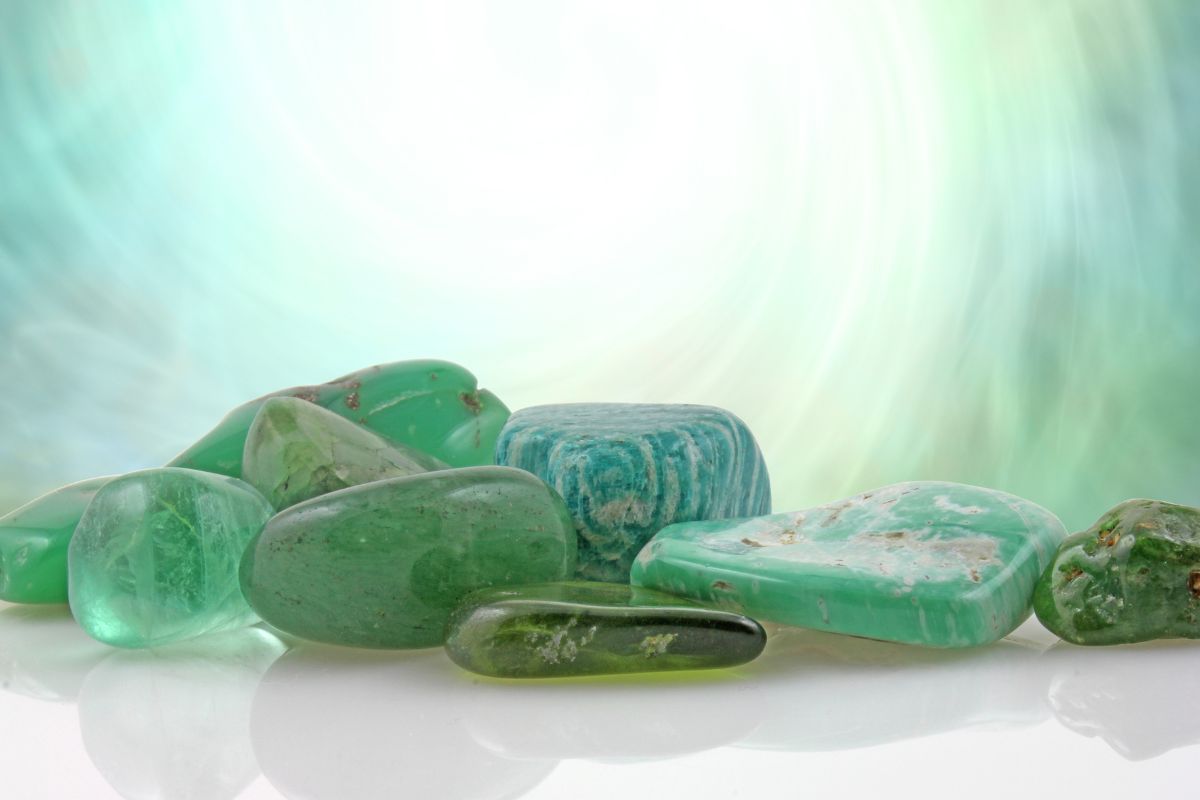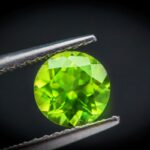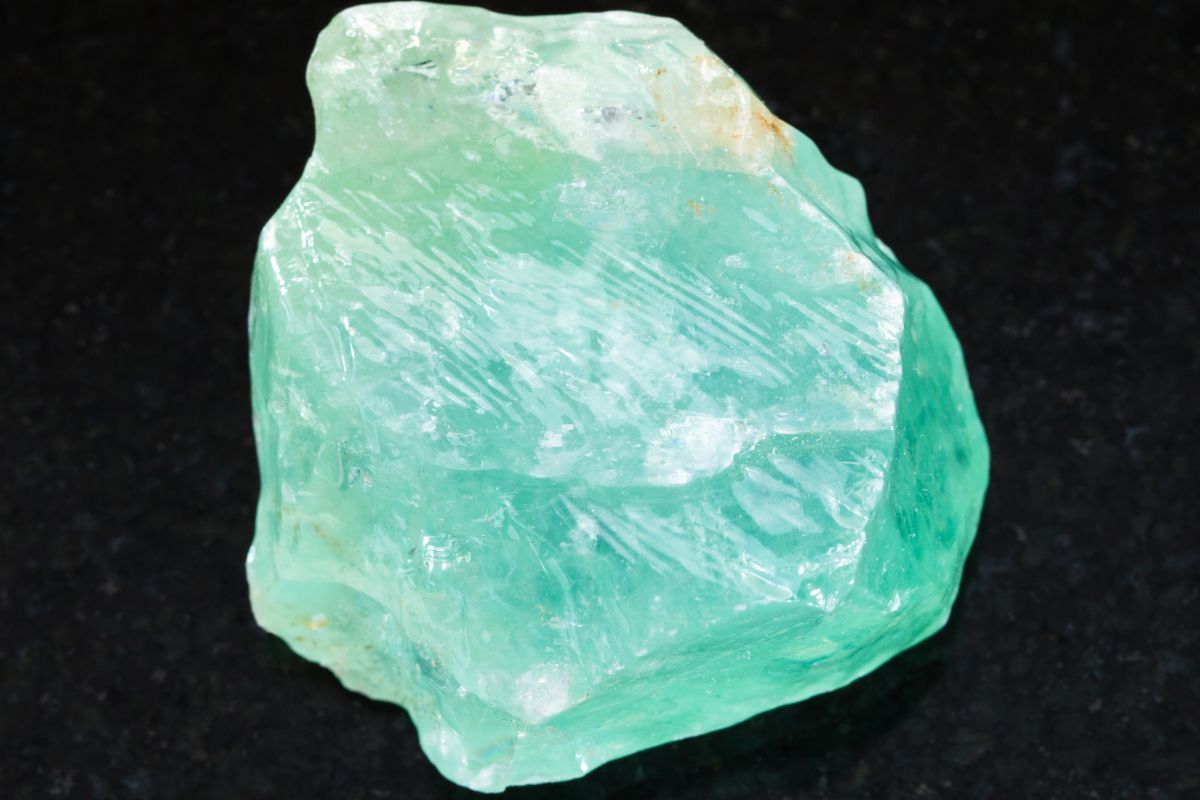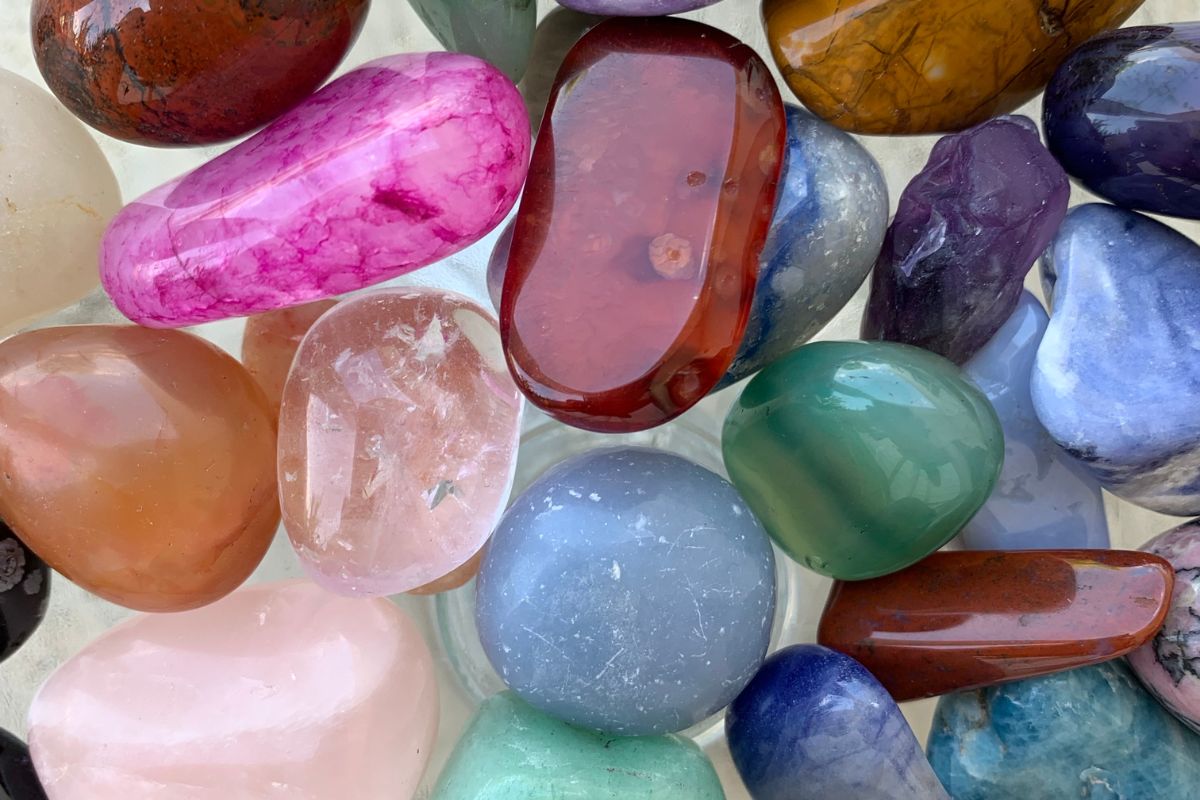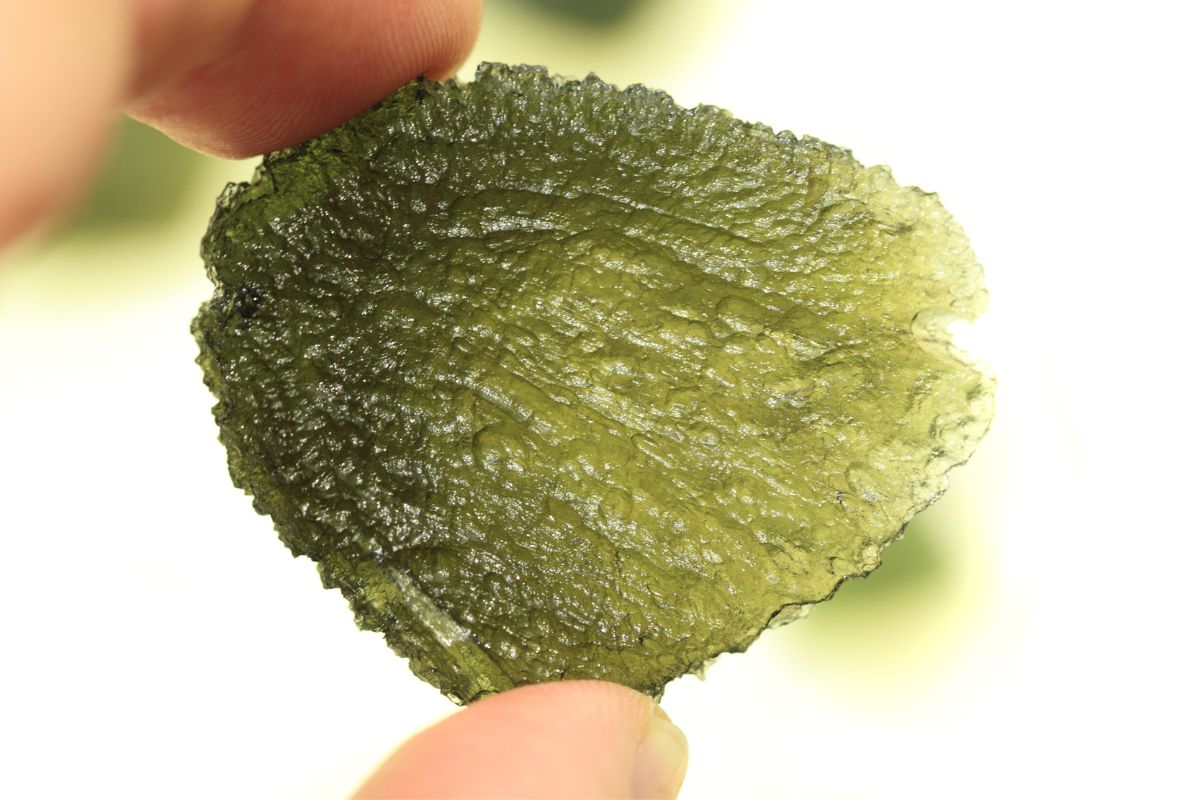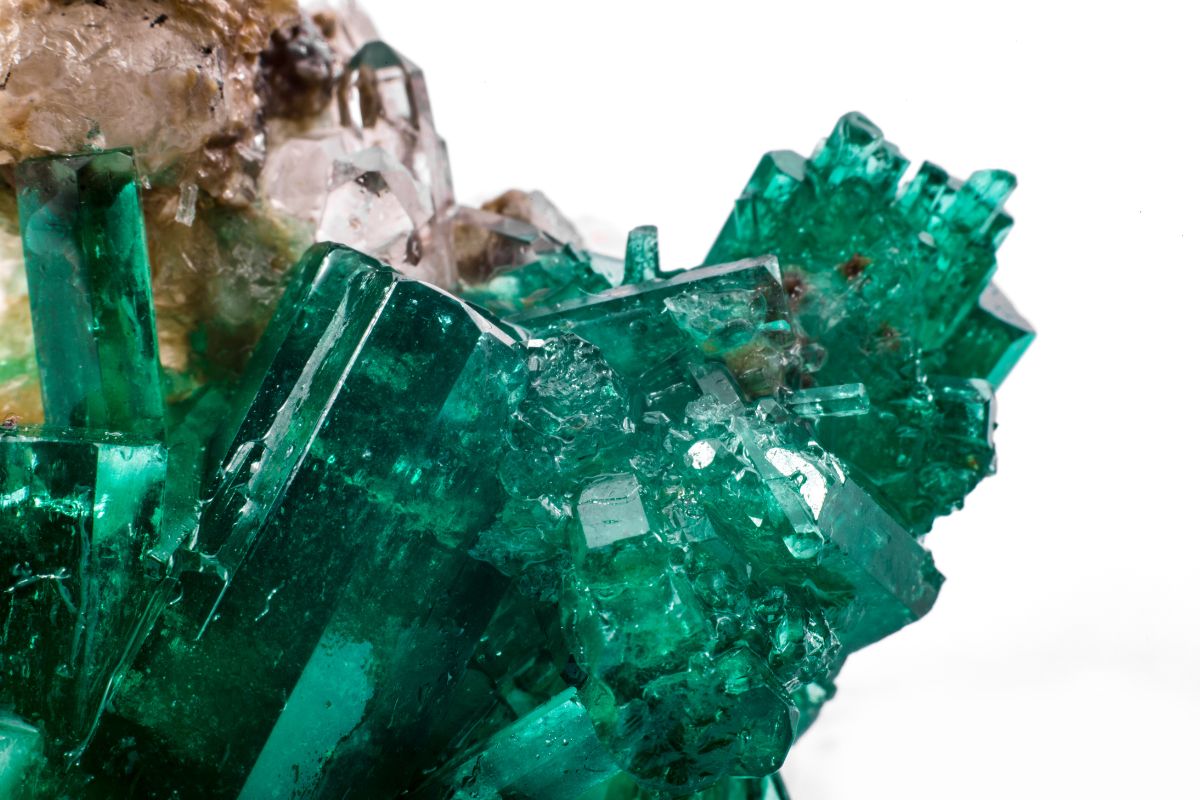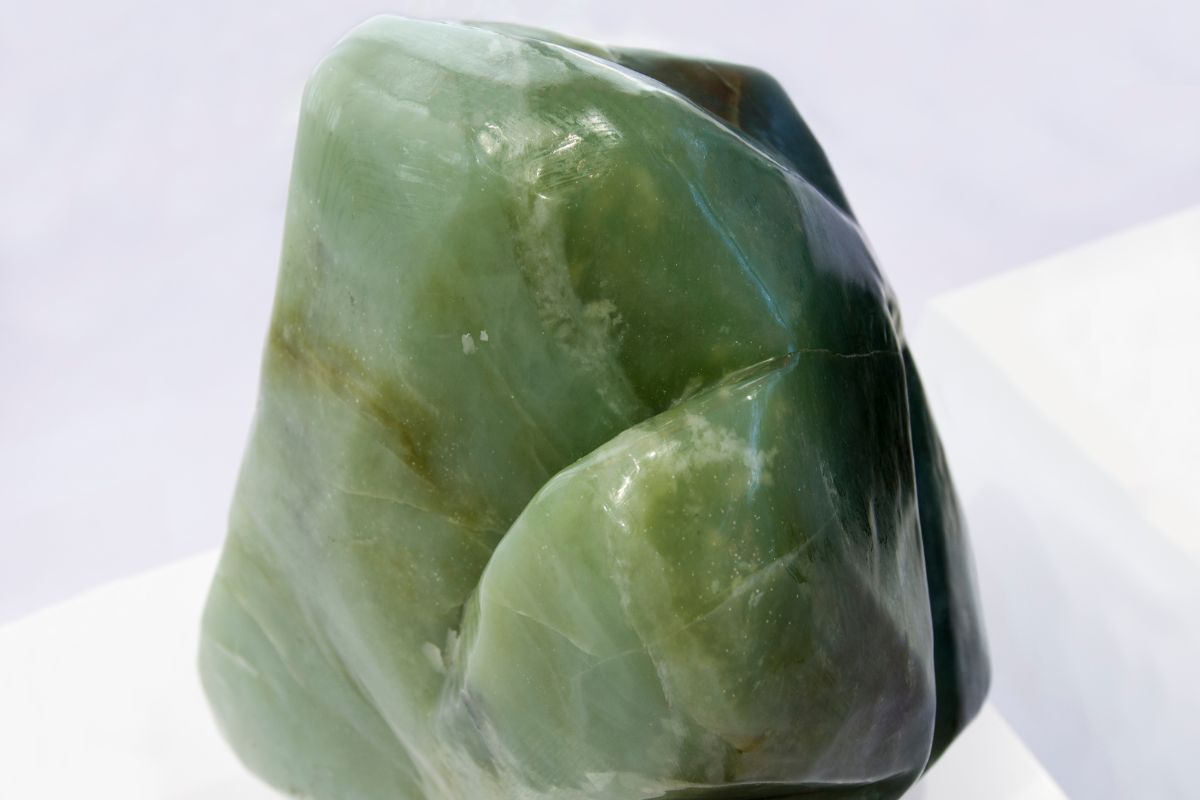Emeralds, cherished for their lush green color and historical significance, are one of the most highly valued gemstones.
Given their allure, it’s no surprise that the market is rife with synthetics and imitations.
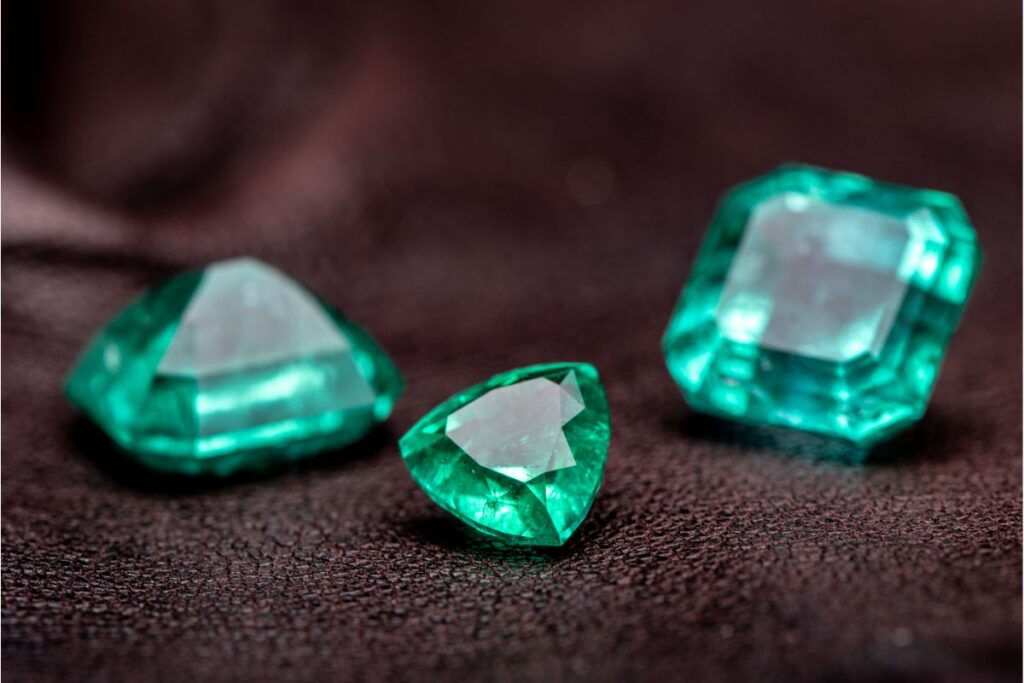
To ensure that you own an authentic gemstone, it’s essential to know how to differentiate a genuine emerald from a fake.
In this article, we will share various methods and tests for verifying the authenticity of an emerald.
The Importance Of Ensuring Your Emerald Is Genuine
Ensuring the authenticity of an emerald is important for several reasons.
Firstly, genuine emeralds are considerably valuable, and their price is a reflection of their rarity and unique characteristics.
Purchasing or owning a counterfeit or lab-created stone, while thinking it is natural, can lead to significant financial loss.
When it comes to spiritual healing, it’s always important to be sure you’re working with the right crystal for your needs – working with a counterfeit just won’t cut it.
Although green stones share similar properties, they are all unique in their healing abilities, and working with a stone that has been passed off as an emerald won’t yield the right results.
Moreover, for collectors and enthusiasts, owning a genuine emerald holds sentimental and historical value, capturing a piece of the earth’s fascinating geological history.
You may also like: What Is Emerald Good For?
How To Tell If Your Emerald Is Real: Top Tips
Visually Inspect Your Emerald
The easiest place to start with authenticating an emerald starts with a thorough visual inspection.
There are a few things to look out for:
Color
Real emeralds possess a rich, deep green hue, which can range from bluish-green to yellowish-green.
The color should not be unnaturally vivid; an excessively bright or neon green stone is a likely sign of a synthetic or imitation gem.
Inclusions
Natural emeralds will typically exhibit internal inclusions. These internal flaws can look like small branches, cloudiness, or even tiny crystals and are a hallmark of a genuine emerald.
An absence of inclusions may signal a synthetic stone or a stone that isn’t an emerald.
Transparency
Emeralds can vary in their levels of transparency, ranging from nearly transparent to opaque.
A completely transparent and flawless emerald is extremely rare and could likely be a high-quality synthetic or a different type of green gemstone altogether.
Shape And Cut
Emeralds are generally cut in the ’emerald cut,’ a rectangular shape with cut corners, to showcase their color and clarity while minimizing inclusions.
Unusual or poor-quality cuts may warrant suspicion.
Further reading: How to identify raw emerald.
Physical Properties
Moving on from the appearance, we can look at some of the emerald’s physical properties to identify whether or not the stone is real:
Weight And Density
Emeralds have a significant weight owing to their density.
If the stone feels suspiciously lightweight for its size, it may not be genuine.
Scratch Test
Emeralds have a Mohs hardness rating of around 7.5 to 8, making them resistant to scratches from softer materials.
Gently performing a scratch test using a material like quartz can help verify the stone’s hardness.
If the stone scratches easily, it’s likely not an emerald.
Advanced Testing Methods
If, after analyzing the visual and physical properties of your stone, you’re still not sure, or for those who want more definitive proof, advanced tests are available.
We would, however, recommend these are performed by professionals.
Refractive Index Test
A genuine emerald will have a refractive index between 1.577 and 1.583.
This test requires specialized equipment and is best left to professionals for accurate results.
Spectroscopy
Spectroscopy can identify the elemental makeup of the emerald, offering scientific proof of its authenticity.
This is another test that should be conducted by a qualified gemologist.
Magnification Test
Using a jeweler’s loupe or a microscope, scrutinize the stone for unique imperfections.
While a natural emerald will display a distinct pattern of inclusions, a synthetic or treated stone may show signs of gas bubbles, a tell-tale sign of artificial creation.
Professional Assessment
When in doubt, consult a certified gemologist. They have the experience and tools to accurately identify the nature of your stone.
Some even provide certification services, offering documented proof of your emerald’s authenticity.
Market Research
Understanding the current market prices for emeralds can also be a helpful authentication step.
Genuine, high-quality emeralds can be quite expensive, and a price that seems too good to be true probably is.
Source Verification
Emeralds are primarily found in Colombia, Zambia, and Brazil. If the emerald’s origin is traceable to these or other reputable sources, it adds credibility to its authenticity.
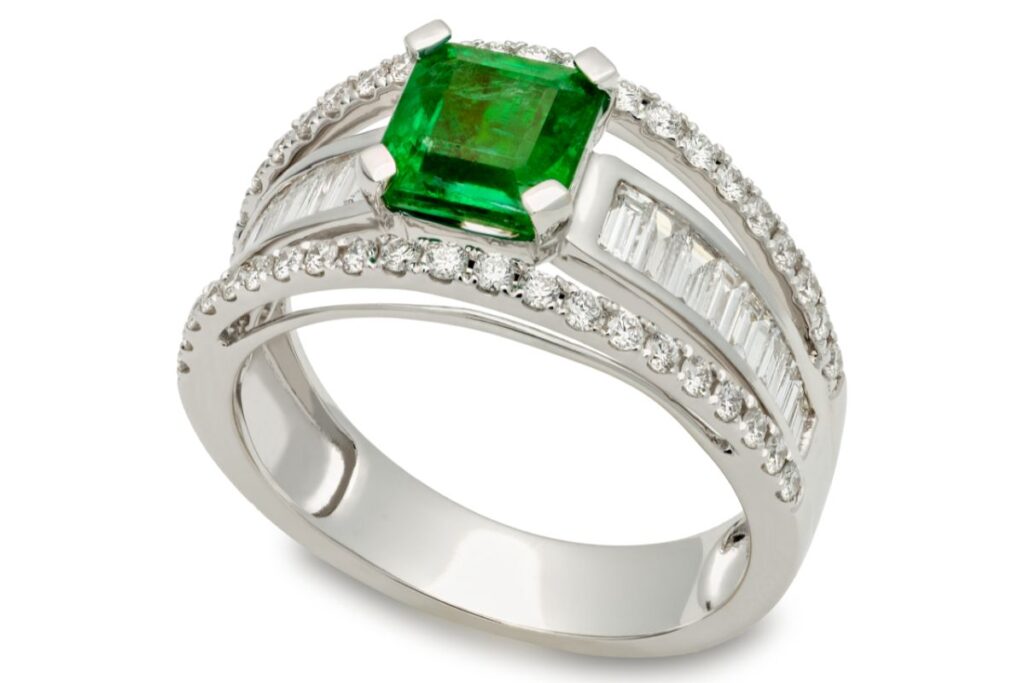
Other Indicative Tests
We have a few more tests up our sleeve that you can try to check if your emerald is genuine:
Water Clarity Test
Unlike some gemstones, a genuine emerald will maintain its clarity when submerged in water.
Imitations or inferior stones may become opaque.
Breath Test
Try breathing on the stone. Because of their effective heat-conducting properties, a real emerald will clear up more quickly than a fake.
Heat Resistance
Emeralds are more resistant to heat compared to fake stones made from glass or plastic.
However, this test can be risky and is not recommended for valuable or unverified stones.
How To Source A Genuine Emerald
When sourcing a genuine emerald, it’s crucial to prioritize reputable and well-established dealers or gemologists who have a proven track record of dealing with authentic gemstones.
These professionals usually provide certification from recognized gemological institutes that can verify the authenticity and quality of the emerald.
Before making a purchase, always request this certification and cross-check its details with the issuing institution if necessary.
It’s also beneficial to educate oneself about the characteristic features of emeralds, such as their typical inclusions, color, and luster that we mentioned above, to make informed judgments.
Moreover, be cautious of prices that seem too good to be true; a genuine, high-quality emerald is rarely sold at a drastically low price.
If possible, avoid buying emeralds online from unknown sources, as physical inspection is often the best way to ascertain authenticity.
Lastly, when sourcing from mining regions directly, always ensure the mining practices are ethical and environmentally responsible to promote sustainability in the gemstone industry.
Summary
Checking if an emerald is real isn’t just about a quick look. You should examine it yourself and also get someone who knows about gemstones to take a look.
This way, you can truly enjoy its beauty, knowing you have a genuine gem in your hands whose healing properties you can trust.
Remember, when purchasing emeralds, only choose reputable suppliers and ask for certification to prove its authenticity.
Up next: Is Emerald Expensive?
- 15 Crystals That Cannot Be Exposed To The Sun - January 7, 2024
- Malachite Vs Fuchsite – Benefits And Uses - January 7, 2024
- Malachite Vs. Green Jasper: Benefits And Uses - January 7, 2024

